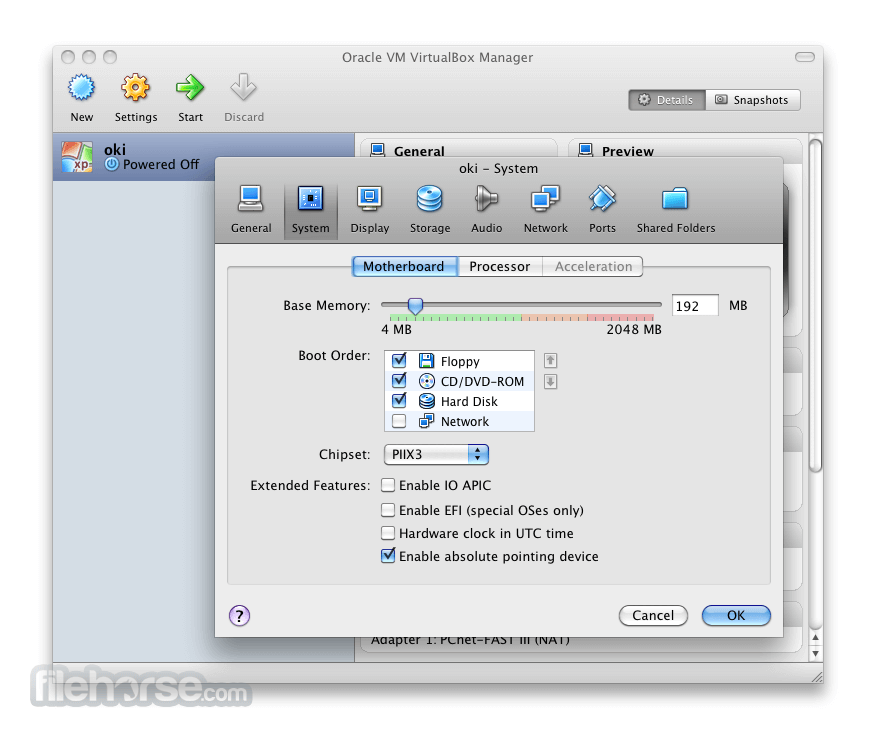
It’s my MBP, and as far as I’m concerned it will do what I want it to do, not what someone else feels it should be doing. My final thoughts on all of this: I spent six grand on this MBP. Most of the time I’m quite OK with Ubuntu, but every now and then I need to I need to dip into Fedora.

The only distribution that works without issue under Parallels, regardless of version, is Ubuntu or Ubuntu derived distributions. If you’re wondering why I just don’t run everything under Parallels, it’s because Fedora and some of the other distributions I need to run don’t work very well with Parallels. When I downgraded back to 6.1.26 it all started to work again. Under 6.1.28 I ran into the same VM boot issue, even though the documented changes were still in place. I ran into another issue when I upgraded from VirtualBox 6.1.26 to 6.1.28. The next time you attempt to start a VirtualBox VM, you will succeed. Then reboot out of recovery mode and back into macOS.


Both are capable of running most Linux distributions I care about, and Parallels is known for running Windows, and rather seamlessly, on the macOS desktop. For that purpose, there are two well-known tools Oracle’s VirtualBox, which is open source and free, and Parallels Desktop, which is commercial. One of the tasks I use the MBP for is running Linux virtual machines.

It is a powerful developer machine that has been in constant use since I purchased it last June. The MBP is a mid-2019 machine with an i9, 64 GiB of memory, and 4 TB of SSD. I run Linux virtual machines on my MacBook Pro.


 0 kommentar(er)
0 kommentar(er)
